Surprising Facts About The Tornado That You May Not Know
Tornadoes are a popular natural disaster in the United States, especially in “Tornado Alley,” but they can happen worldwide and cause significant damage. These surprising facts about tornado below will help you raise awareness of their dangers and the importance of preparedness.
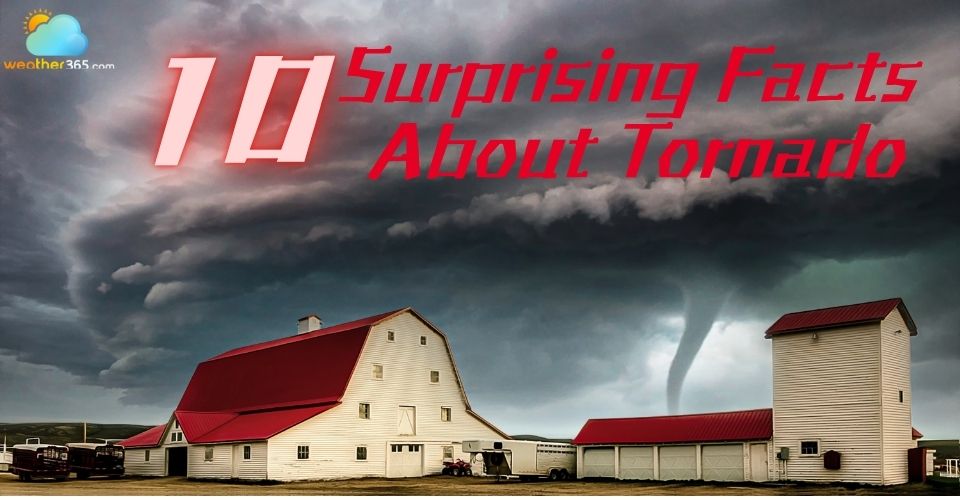
Facts about Tornadoes you may not know
Surprising facts about the tornado
Learn more about one of the most powerful natural forces.
Maybe some of those you don't know!
1. Tornadoes, often called "twisters," are rapidly spinning columns of air that extend from a thunderstorm cloud down to the ground.
2. Tornado wind speeds can reach up to 480 kilometers per hour, which is strong enough to cause severe structural damage and move large objects.
3. Tornadoes vary greatly in appearance; some form broad, funnel-shaped clouds, while others look like slender, rope-like spirals connecting the earth and sky. (Read more types of tornadoes)
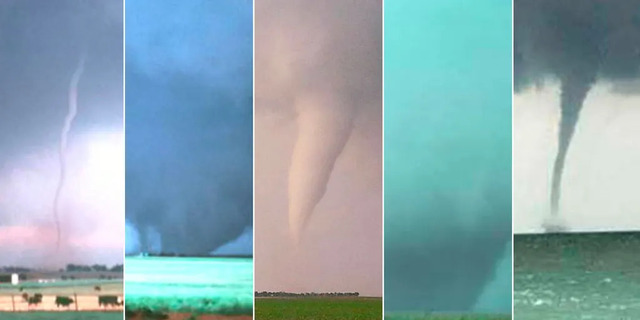
There are 5 types of tornadoes
4. The lifespan and travel distance of tornadoes differ widely. Most last under ten minutes and cover between five to ten kilometers. However, in rare cases, they can persist for hours and travel over 150 kilometers.
5. Tornado intensity is classified using the Fujita Scale (F-scale), which ranges from F0, the weakest, to F5, representing the most powerful and destructive tornadoes.
6. A tornado over water is known as a waterspout.
7. Tornadoes are not always visible. Sometimes they remain hidden until dust, debris, or a cloud forms inside the rotating funnel, making them easier to spot.
8. The United States experiences roughly 1,000 tornadoes annually, according to the Insurance Information Institute. While this number seems high, many of these tornadoes are weak or moderate and cause little to no damage.
9. Tornadoes often occur in “Tornado Alley” and “Dixie Alley” in the US. These areas have weather conditions to frequently turn into tornadoes. Dixie Alley has fewer but stronger tornadoes than those in Tornado Alley.
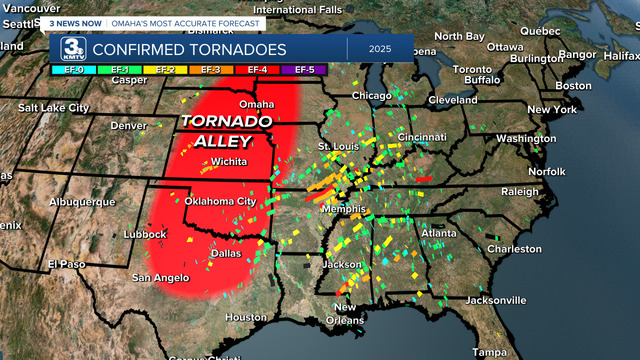
Tornado Alley in the US
10. Tornadoes can generate "debris balls," consisting of soil, vegetation, and loose materials, which contribute to the overall impact of the storm.
How do tornadoes form?
Tornadoes form when warm, moist air near the ground meets cooler, drier air above, creating instability.
Wind shear causes the air to spin horizontally, and strong updrafts in a thunderstorm tilt this spin vertically, forming a rotating column.
When this rotation reaches the ground, a tornado develops.
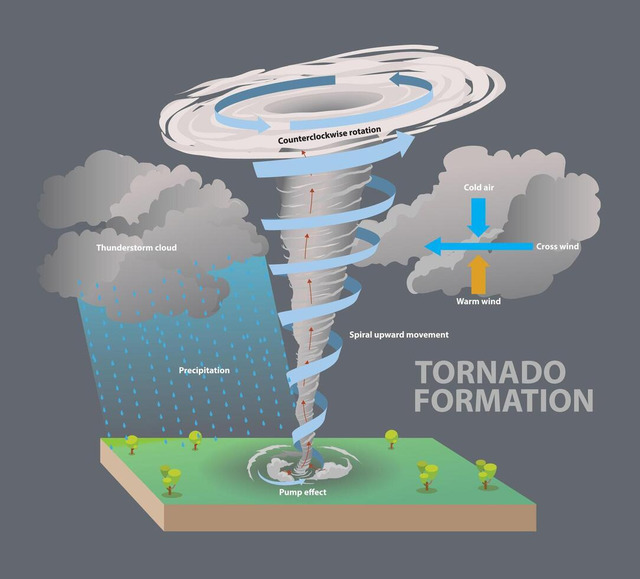
How does a tornado form?
What makes tornadoes so destructive?
Tornadoes are incredibly destructive. Their intense, high winds ( at least 65-85 mph) can topple trees, flatten buildings, and tear apart roads.
Much of the damage from tornadoes is due to flying debris. As the funnel moves through an area, it can lift and carry loose objects, which may then strike surrounding structures and contribute to damage.
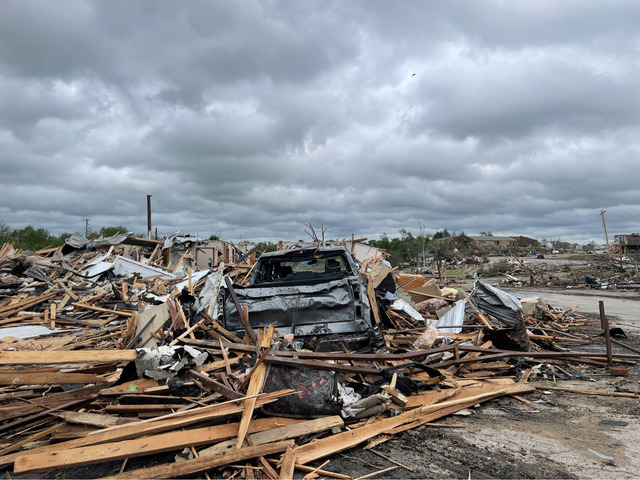
Destructive power of a tornado
Stay safe with great tornado tips below:
What is the scale for tornadoes?
The power of a tornado is rated on the Enhanced Fujita (EF) scale, from EF0 to EF5.
It is extremely difficult to directly measure tornado wind speeds because any instruments placed in their path would be destroyed.
Instead, the Enhanced Fujita (EF) scale estimates tornado intensity by assessing damage to 28 different types of structures and natural features, ranging from softwood trees to large buildings.
For instance, if a large building experiences near-total structural failure, the EF scale would estimate the associated wind speed at about 204 miles per hour, which corresponds to an EF5 tornado.
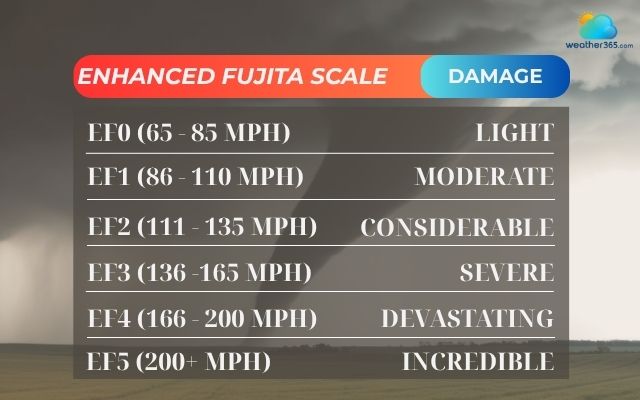
Enhanced Fujita (EF) scal
What is the difference between a Tornado WATCH and a Tornado WARNING?
A Tornado WATCH is issued by meteorologists at the NOAA Storm Prediction Center. This alert indicates the development of tornadoes and severe storms. A watch may apply to portions of a single state or extend across multiple states. During a tornado watch, stay alert, prepare for possible severe weather, and keep tuned to NOAA Weather Radio for updates and warnings.
A Tornado WARNING is issued by meteorologists at your local NOAA National Weather Service Forecast Office. This warning means that based on data from radar, a tornado is forming and threat to life and property. When a tornado warning is in effect, you should take immediate action to seek safe shelter. Warnings typically cover parts of counties or multiple counties along the tornado’s projected path.
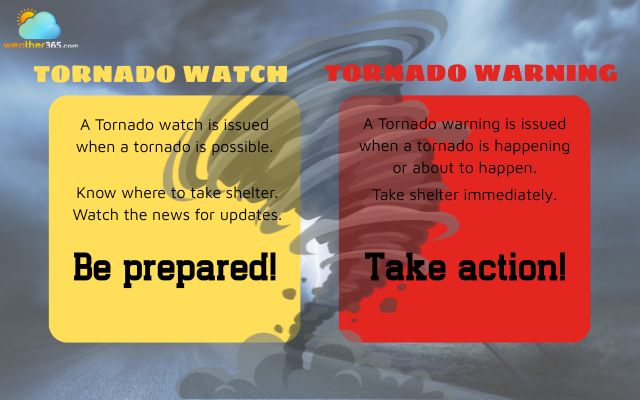
Difference between a tornado watch and a tornado warning
Conclusion
Tornadoes can occur anywhere in the world but are the most common in the United States, causing devastating damage. Through surprising facts about the tornado above, hope you understand more about this powerful natural force as well as deal with it proactively.

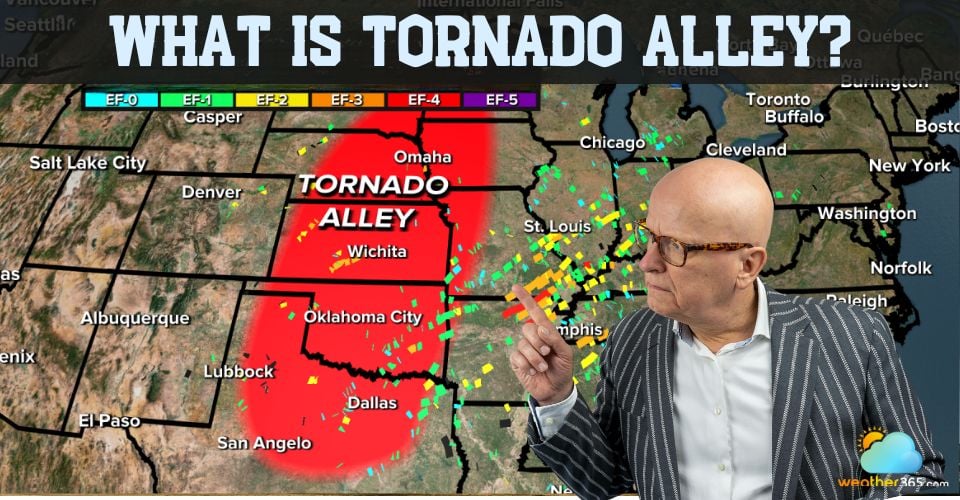
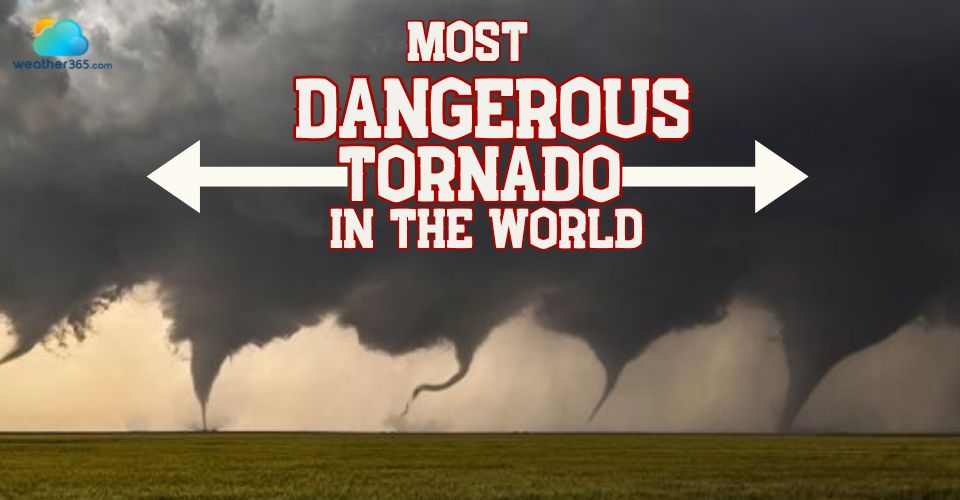
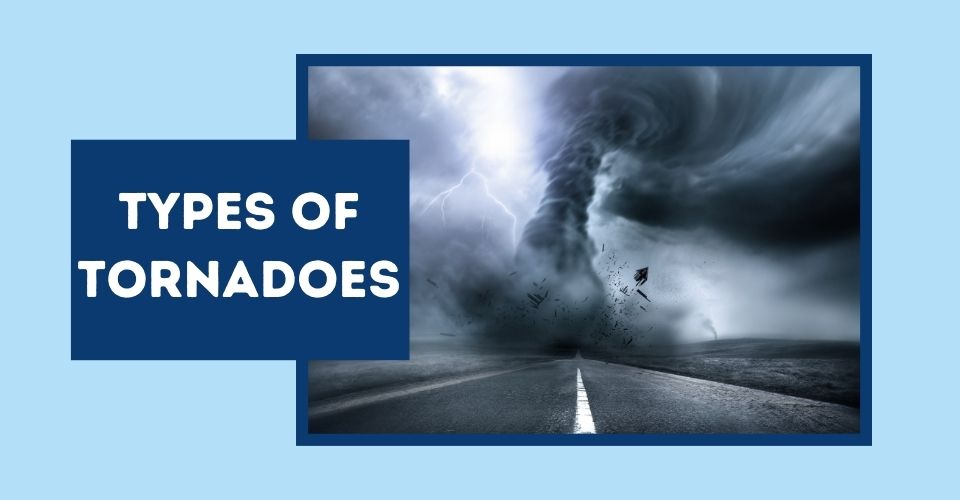
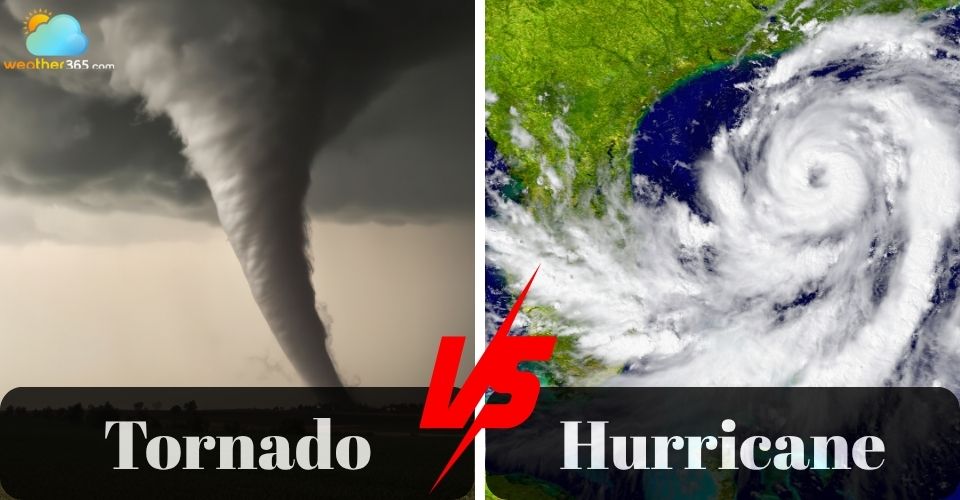
0 Comment
Leave a comment
Your email address will not be published. Required fields are marked *